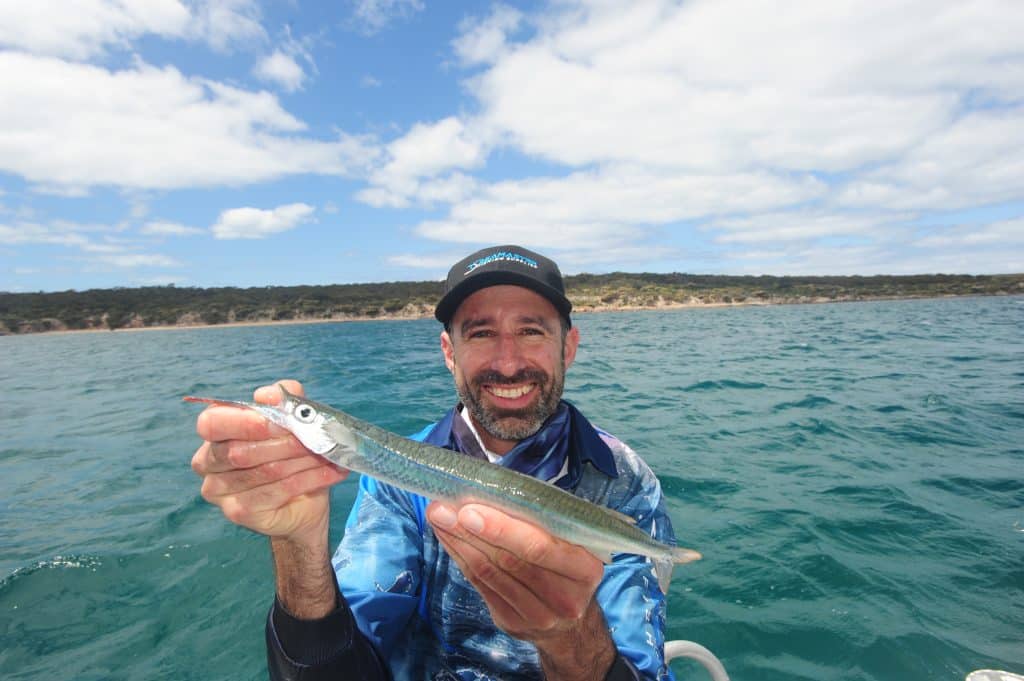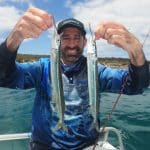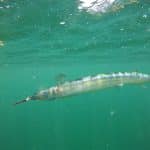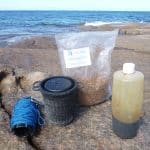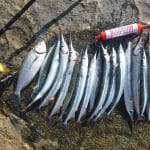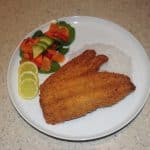Jamie Crawford from Seamaster Port Lincoln targets Southern Garfish
Southern garfish may not be our hardest fighting fish but they are one of the tastiest targets in our southern waters. Few fish are as sweet on the plate as freshly caught garfish.
Southern garfish can be found from southern NSW, through Victoria and SA and up to Kalbarri in WA and including Tasmania. In my local waters of Port Lincoln in SA we have a good gar fishery, especially in the warmer months from November through until around May.
Finding garfish
Garfish are herbivores and can be found feeding around eel grass beds in shallow water. No water is too shallow for them, and they are often found over weed beds in less than 30cm of water. This makes them a good target for land based fishing, but fishing from the boat can also be very productive.
Garfish prefer low energy waters, making them the ideal target inside bay systems and sheltered coastlines. Finding the right grounds is the first part of the equation, and berley is the second! Laying an effective berley trail is very important for coaxing garfish into your immediate area. I use a berley mix consisting of chook pellets, bread and tuna oil. The tuna oil does most of the work – releasing a trail of oil which the garfish follow, with the pellets and bread releasing a small amount of actual food which is just enough to hold the fish in the area.
Catching garfish
When fishing from the boat, casting unweighted baits back into the berley trail is the best method, which allows the bait to slowly sink down in the berley trail which presents the baits naturally. When fishing from the rocks however, a feeder float is important to aid in casting distance as well as for releasing berley to attract garfish to your baits.
If using a feeder float I set two hooks underneath the float – the first hook around 40cm deep and the second hook around 20cm below the top hook. I prefer using size 10 long shank hooks to allow easy unhooking of garfish – which is important during a hot bite. This trace line should be quite light – usually around 15lb is ideal. Also when fishing land based it’s a good idea to have a keeper bag over your shoulder to keep your catch.
Although garfish are herbivores and mainly feed on weed, they can be caught on gents (maggots), small slithers of pipi / cockle and small pieces of pilchard skin.
What gear to use
A lightweight rod rated around 2-4kg and 6’6” in length is ideal when fishing from the boat – coupled with a threadline reel of around 2500 in size and light line – I like using 10lb braid as it allows easy casting of the unweighted baits. When fishing from the rocks or from the beach I use the same reel, but matched to a longer rod of around 8’ which offers better casting distance of the float. A good tip is to pinch the line just before the float hits the water surface – this will straighten the trace line and will help to prevent tangles and line twists in the trace.
Garfish can be fiddly to fillet – being a small framed fish – but it’s worthwhile practicing to butterfly fillet as they are a superb table fish. We like crumbing our gar fillets. Here in South Australia the legal minimum size is 23cm measured from the tip of the upper jaw to the tip of the tail with a bag limit of 30 per person (90 per boat).
For all your fishing needs contact us today


